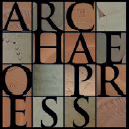
Publishing Scholarly Archaeology since 1997
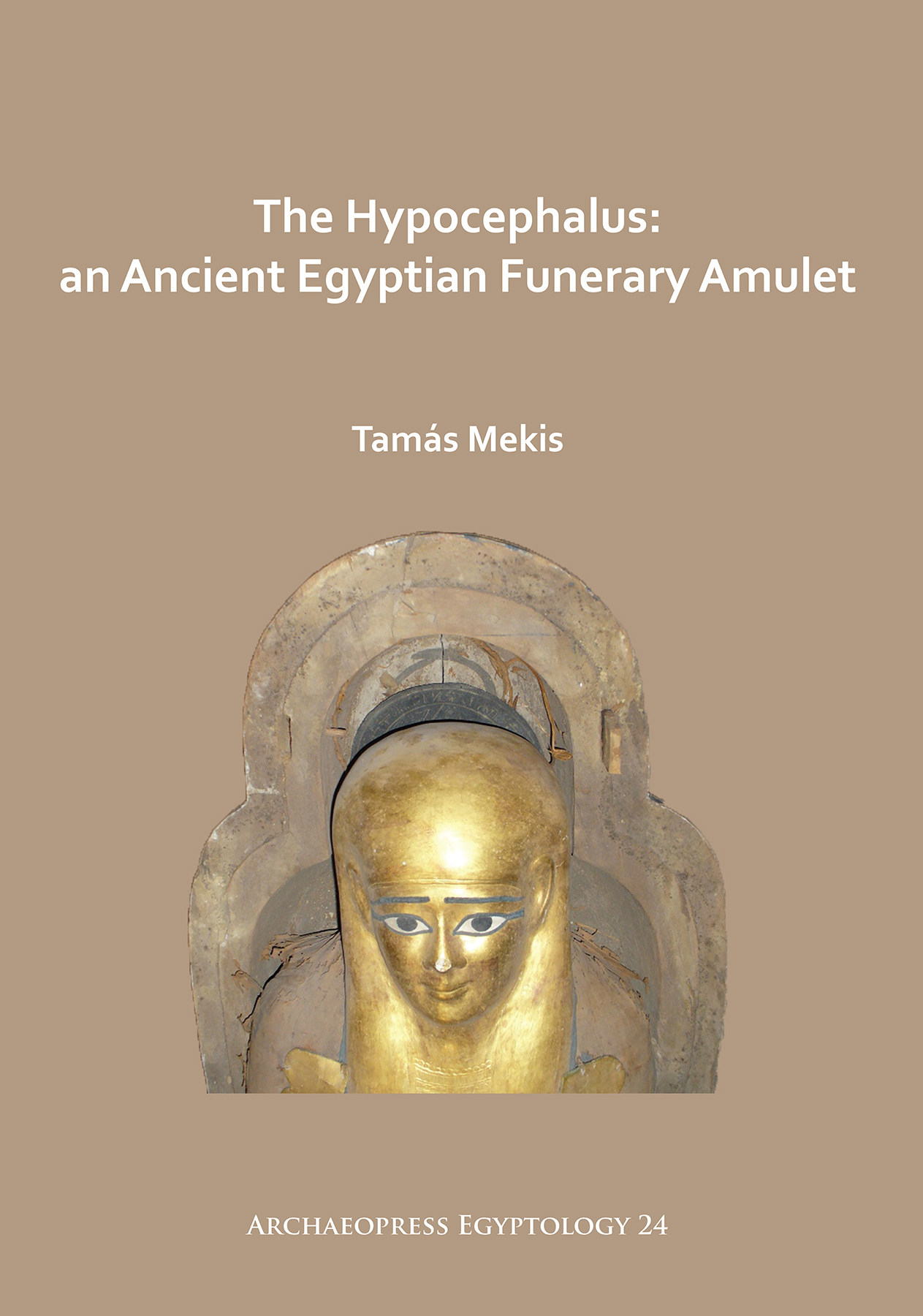
Download Sample PDF
H 290 x W 205 mm
368 pages
95 figures, 36 plates
Published Feb 2020
ISBN
Paperback: 9781789693331
Digital: 9781789693348
Keywords
hypocephalus; terracotta dishes; hypocephalus biscuit; textile amulets; mummy boards; mummy masks; funerary equipment; Amon-theology; supplementary chapters of the Book of the Dead; Burial in Thebes; Abydos; Akhmim; Memphis; Prosopographia Ptolemaica
Related titles
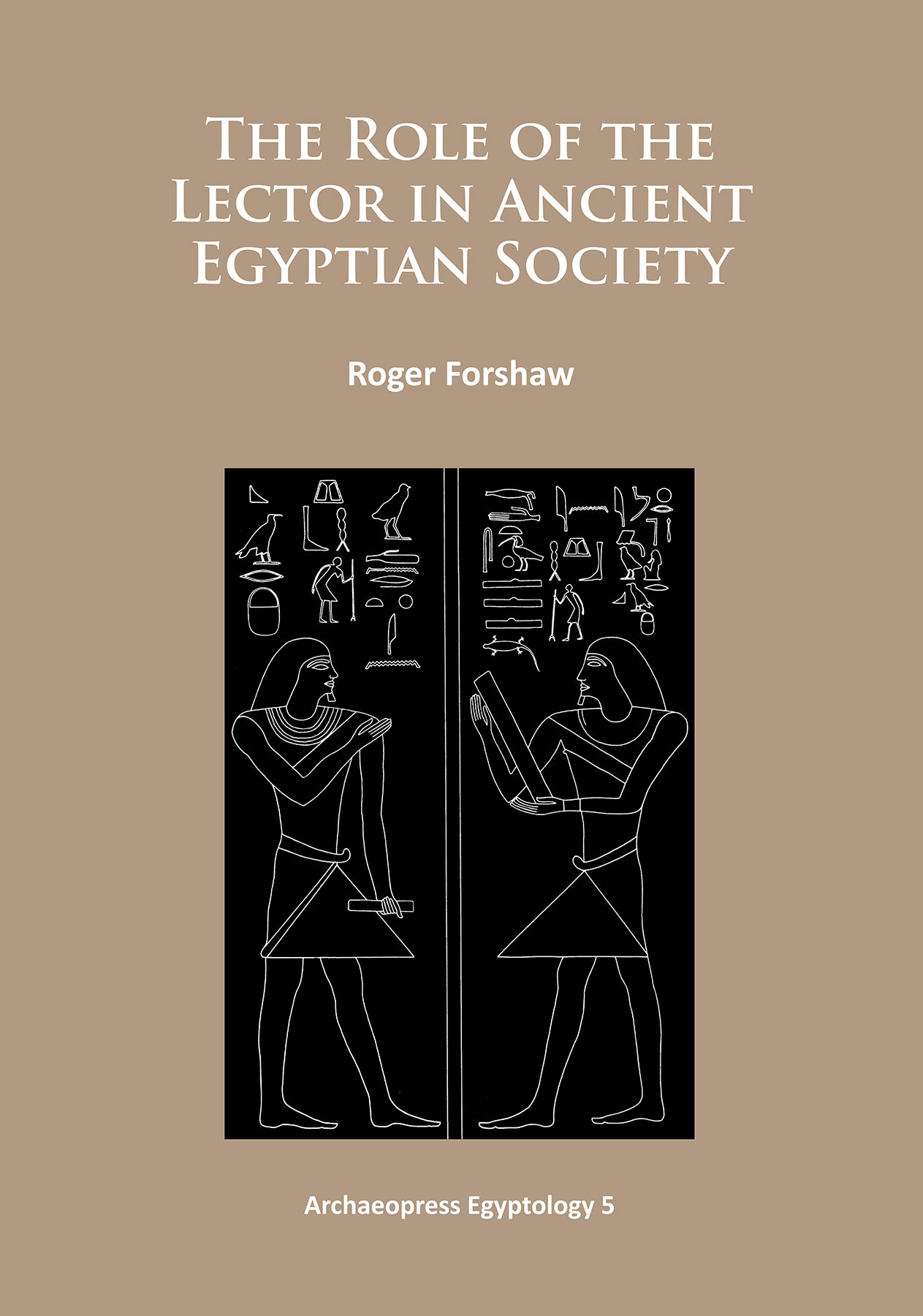
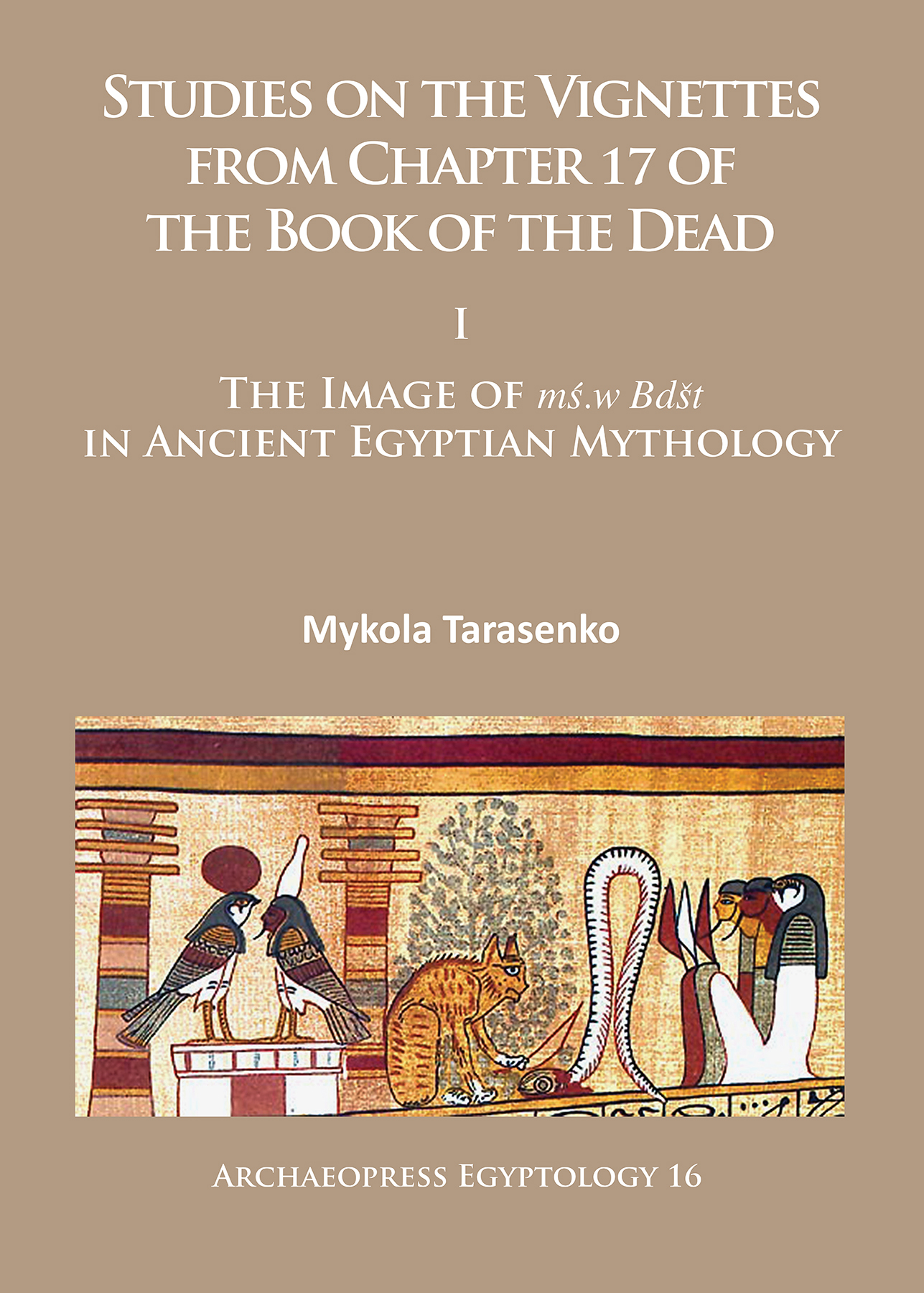
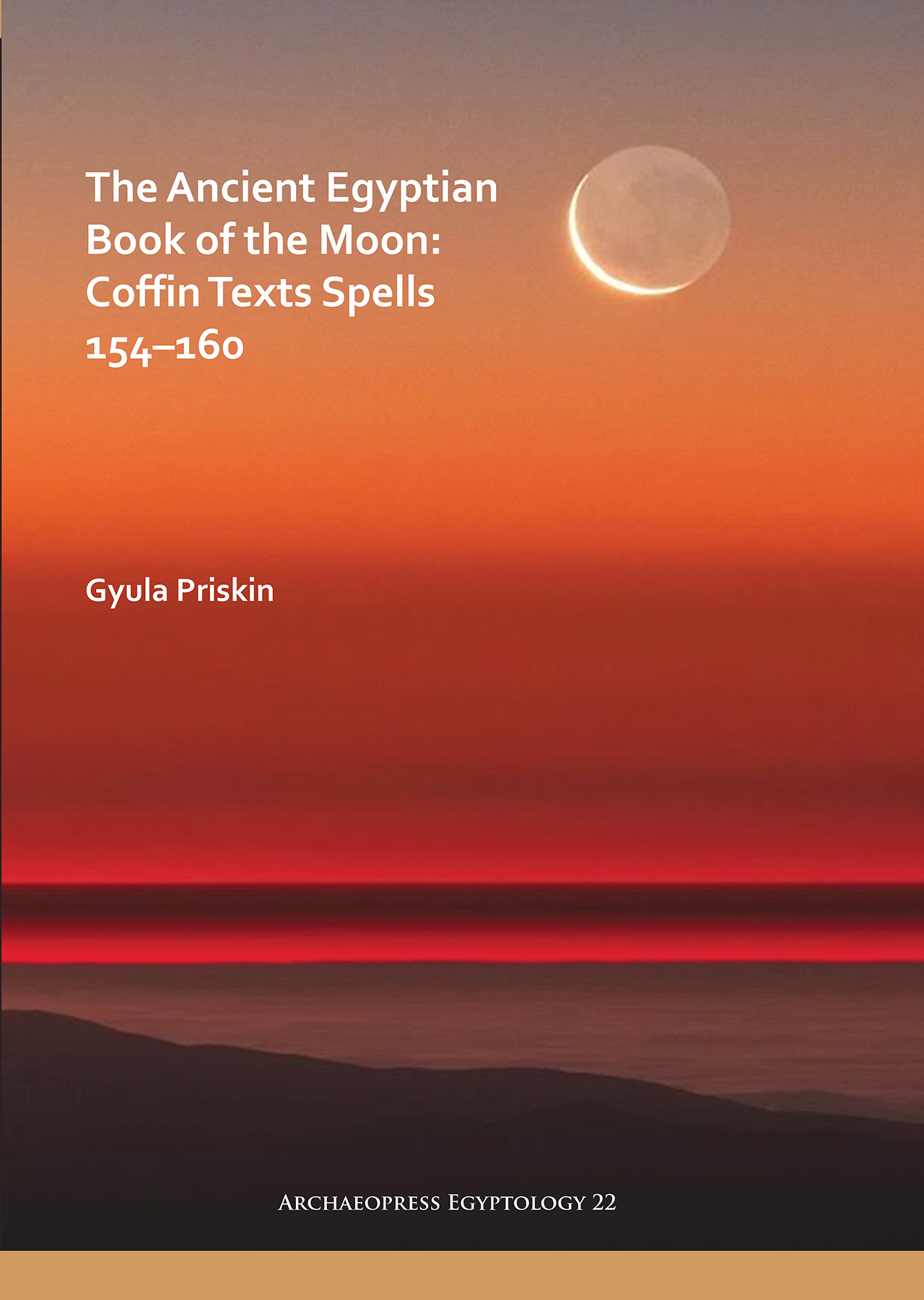
The Hypocephalus: An Ancient Egyptian Funerary Amulet
Paperback
£55.00
Includes PDF
PDF eBook
(personal use)
£16.00
PDF eBook
(institutional use)
£55.00
The hypocephalus is an element of Late Period and Ptolemaic funerary equipment—an amuletic disc placed under the head of mummies. Its shape emulates the sun’s disc, and its form is planar (although it is occasionally concave). This volume analyses the written records and iconography of these objects.
Contents
About the Author
Tamás Mekis graduated from the Eötvös Loránd University, Budapest in 2007 with a degree in Egyptology. In 2013 he defended his PhD dissertation with summa cum laude. In quest of hypocephalus amulets he spent his traineeship in Brussels at the Royal Museums of Art and History in 2008 and in Paris at the Louvre Museum in 2010. He conducted extended researches at the Egyptian Museum of Cairo in 2007-9 and 2014-15, where, together with the curators of the museum, he found a rare hypocepalus of the prophet-registrar of Min-Horus-Isis Djed-hor/Wesirwer in situ, under the head of his undisturbed mummy. Tamás is an independent researcher.Reviews
‘Mekis deserves gratitude for an outstanding achievement in gathering and organizing a wealth of material that will make studying hypocephali much easier in the future. He has also put forward a coherent interpretation. Though other interpretations are possible and will doubtlessly be forthcoming, he has at least provided a target for others to tilt at. This work should be the new starting point for future study.’ – John Gee (2022): Bibliotheca Orientalis LXXIX 1/2

 Add to wishlist
Add to wishlist